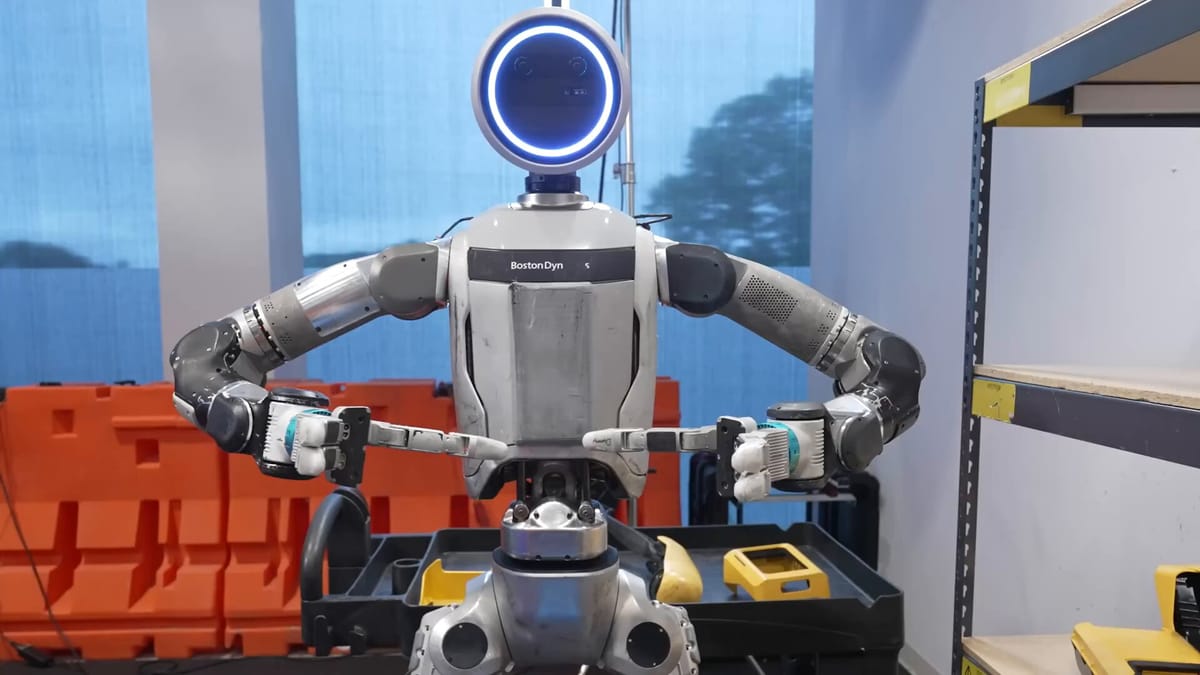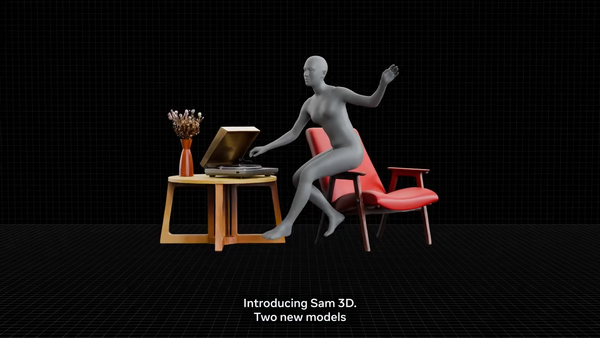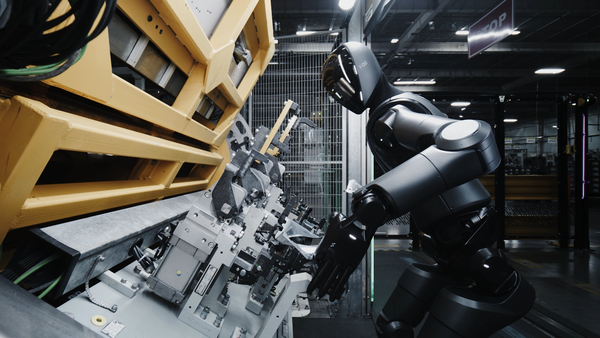Atlas Learns Complex Tasks from Language and Demonstration

- The humanoid robot Atlas can now learn complex tasks from language and demonstrations, using a new AI system built by Boston Dynamics and Toyota Research Institute.
- The system marks a shift toward general-purpose humanoid robots, trained through VR teleoperation and real-world data.
Boston Dynamics and Toyota Research Institute have created a new AI system aimed at general-purpose humanoid robotics. It allows the Atlas robot to learn a wide range of complex tasks from language prompts and demonstrations. The system was trained using data from teleoperation, simulation, and other robot platforms, combining real-world and synthetic examples.
To develop the system, the teams trained what’s known as a policy, a machine learning model that turns sensor input and language into robot actions. The process involved recording human-controlled robot actions, labeling the data, training the model on a wide range of tasks, and testing how well it performed. A custom VR teleoperation setup played a key role in the first stage. Operators used headsets and trackers to guide Atlas through a range of movements, capturing everything from hand grasps to full-body motion. The system was trained on a mix of data from human demonstrations, simulation, and other robot platforms, and runs in real time to control the robot’s full-body movements.
In a test sequence called the “Spot Workshop,” Atlas is guided by language to clear robot parts from a cart and bins. It walks, crouches, grasps, and places items on shelves, all in one continuous run. When things go wrong, like a dropped part or a closed lid, the robot can adjust based on what it learned from past training examples.
The same policy framework scales across different robot bodies and tasks. Atlas can now manipulate cloth, tie rope, flip furniture, and handle deformable objects like tires, all without rewriting code. The robot can also move faster after training by adjusting how quickly it runs the learned actions, sometimes up to twice as fast without losing accuracy.
As a next step, teams plan to gather more training examples and teach the robot to do harder tasks. They are also testing new ideas, like using touch, helping robots learn from each other, and giving instructions through language. Over time, they want the system to handle more kinds of tasks.
Source: YouTube / Boston Dynamics
🌀 Tom’s Take:
General-purpose humanoids that learn from language and demonstrations are one of the most important breakthroughs in robotics today. They offer a path to scalable, adaptable machines that can handle real-world tasks without needing custom programming for each one.
Source: Boston Dynamics






